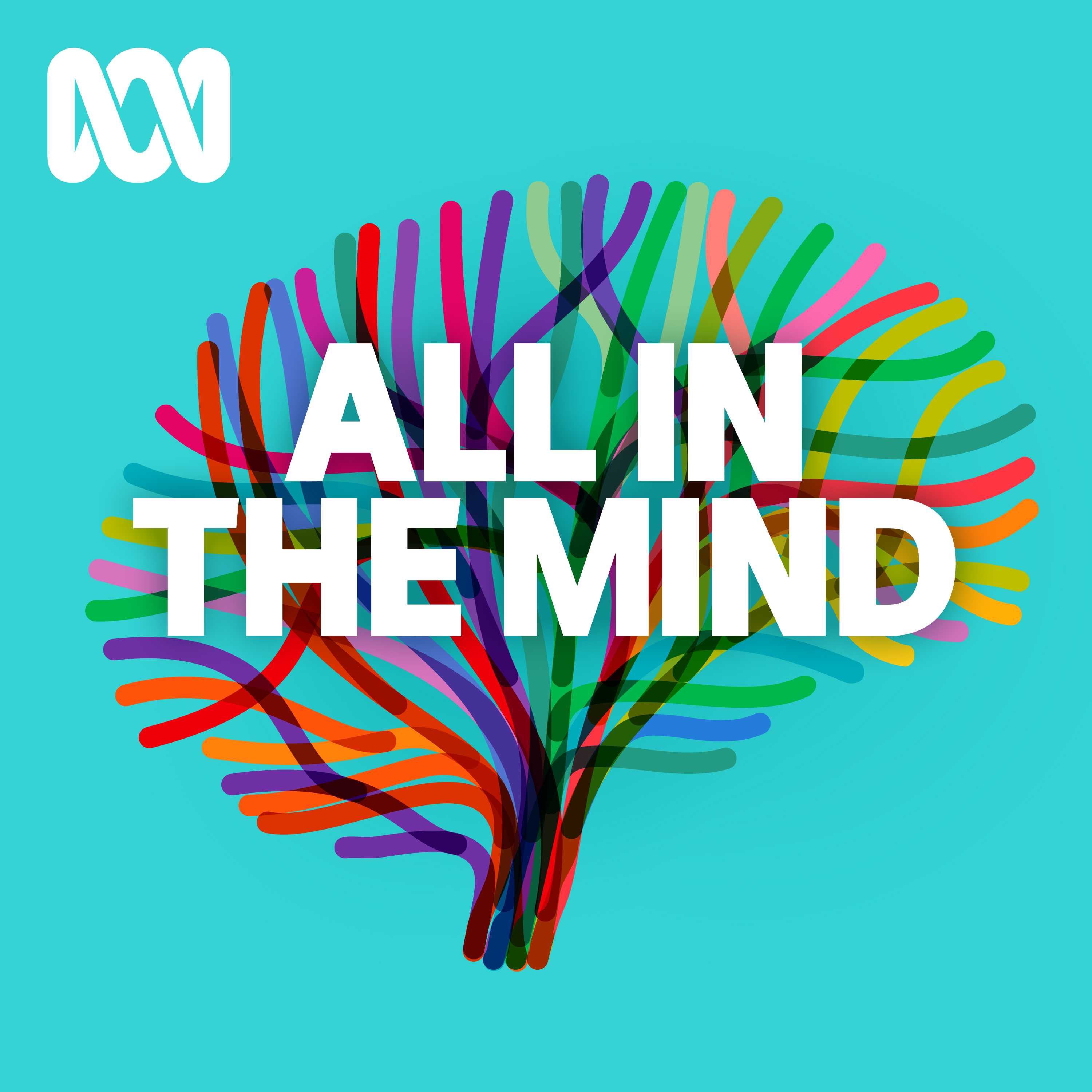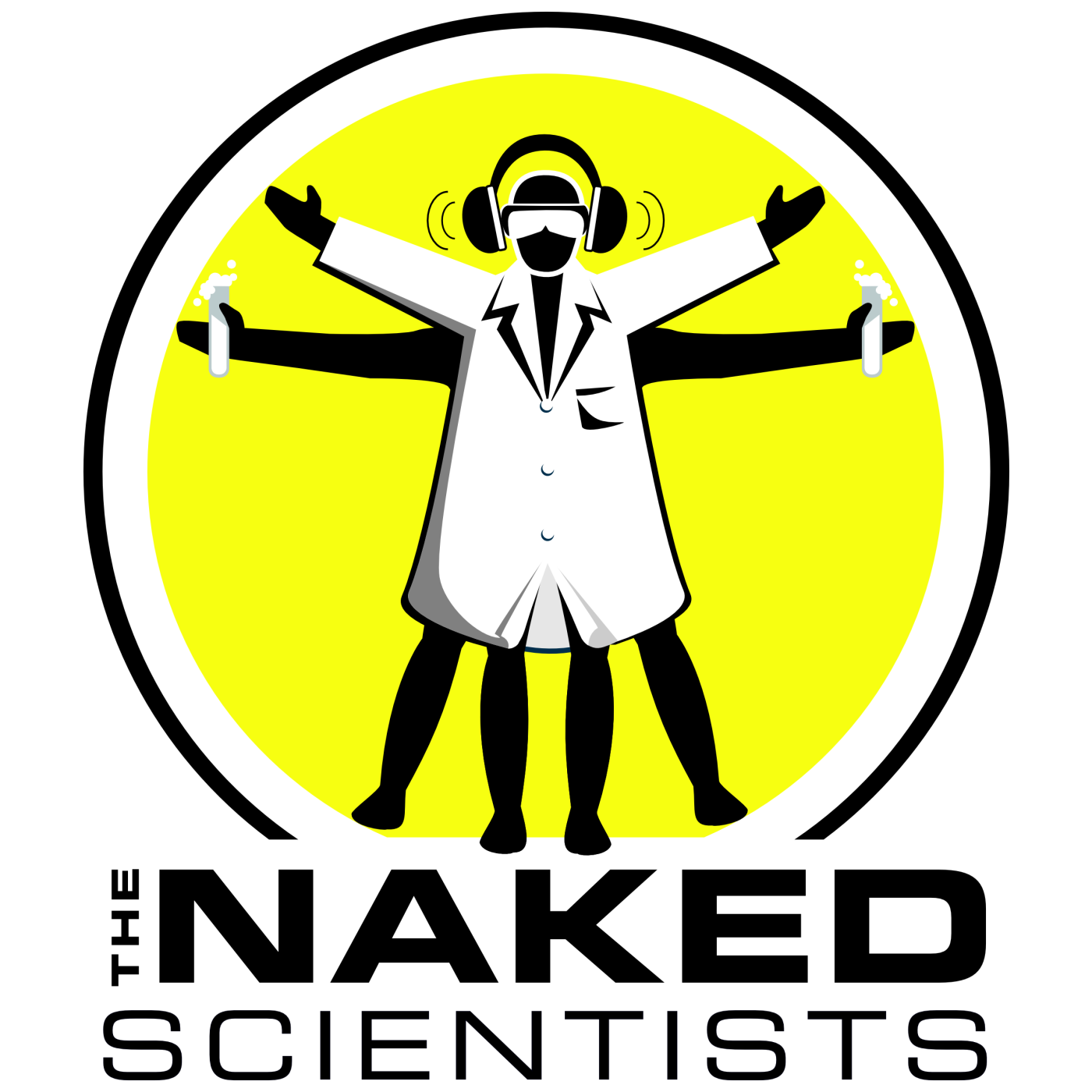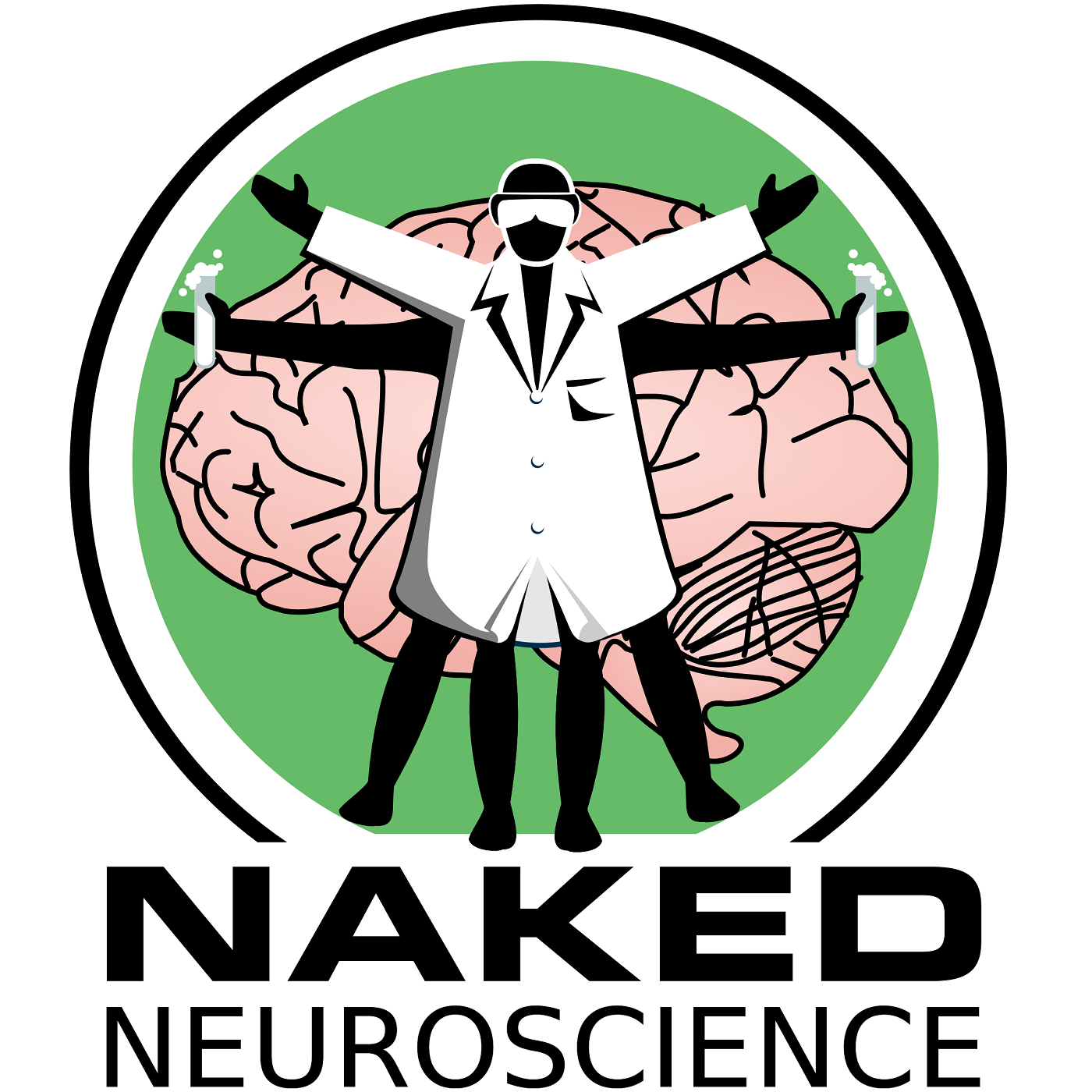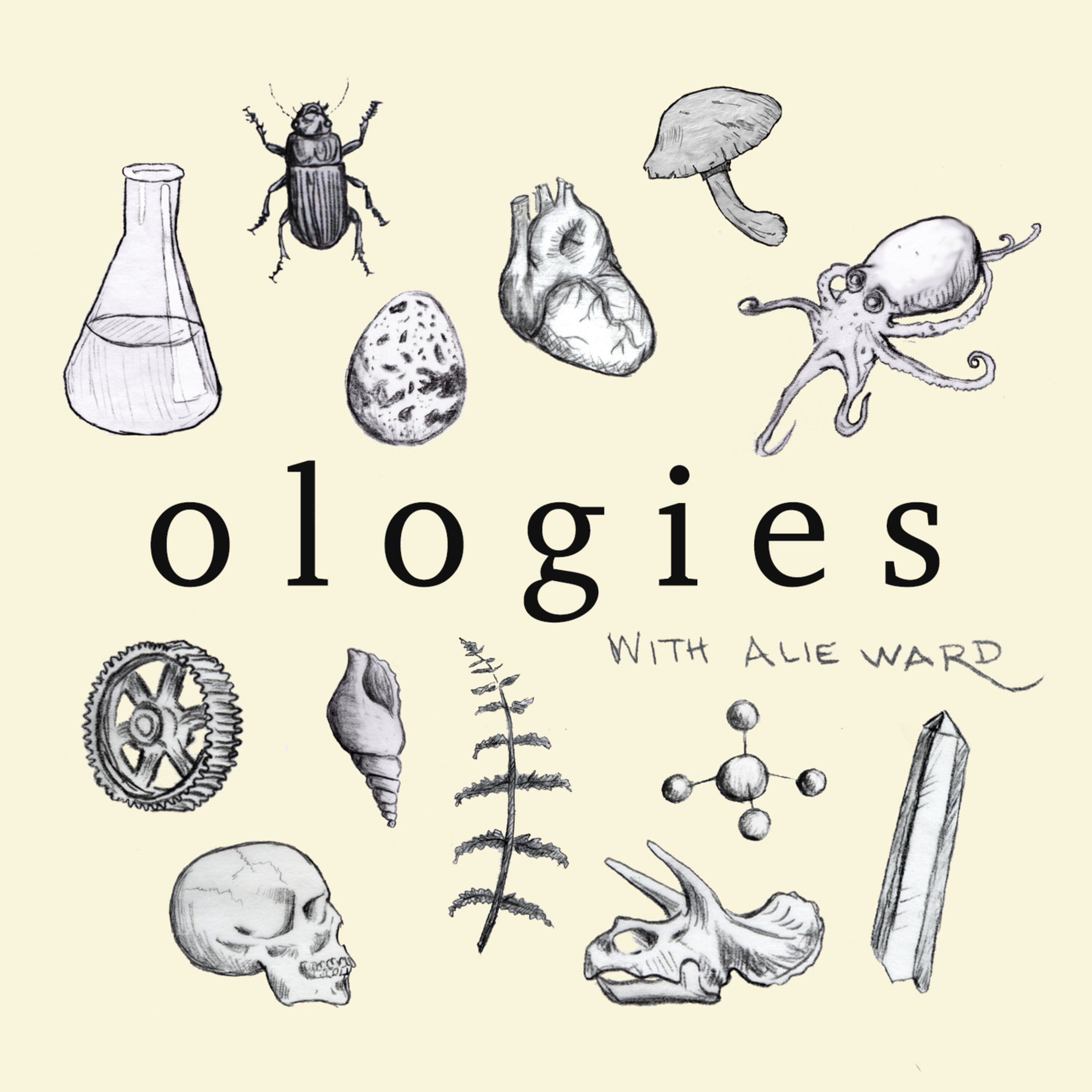
Heliox: Where Evidence Meets Empathy 🇨🇦
Join our hosts as they break down complex data into understandable insights, providing you with the knowledge to navigate our rapidly changing world. Tune in for a thoughtful, evidence-based discussion that bridges expert analysis with real-world implications, an SCZoomers Podcast
Independent, moderated, timely, deep, gentle, clinical, global, and community conversations about things that matter. Breathe Easy, we go deep and lightly surface the big ideas.
Curated, independent, moderated, timely, deep, gentle, evidenced-based, clinical & community information regarding COVID-19. Since 2017, it has focused on Covid since Feb 2020, with Multiple Stores per day, hence a sizeable searchable base of stories to date. More than 4000 stories on COVID-19 alone. Hundreds of stories on Climate Change.
Zoomers of the Sunshine Coast is a news organization with the advantages of deeply rooted connections within our local community, combined with a provincial, national and global following and exposure. In written form, audio, and video, we provide evidence-based and referenced stories interspersed with curated commentary, satire and humour. We reference where our stories come from and who wrote, published, and even inspired them. Using a social media platform means we have a much higher degree of interaction with our readers than conventional media and provides a significant amplification effect, positively. We expect the same courtesy of other media referencing our stories.
Heliox: Where Evidence Meets Empathy 🇨🇦
Nailfold Capillaroscopy: Unveiling Fibrinoid Microclots and Microcirculation Dynamics
🔬 What if the key to chronic illness has been hiding under our fingernails all along? Ancient wisdom meets AI in this mind-bending medical mystery. 🧬✨
While researchers were discovering these microclots with expensive lab equipment, a diagnostic technique from 1600s was quietly waiting in the wings. Nailfold capillaroscopy—essentially looking at the tiny blood vessels under your fingernails with a specialized microscope—has been around since a German physician named Johann Christophorus Kohlhaus first peered into the body's tiniest vessels.
Researchers are now developing smartphone apps that can do preliminary assessments of microcirculation using your phone's camera with a simple lens attachment.
Machine learning systems are already being trained to analyze these images with superhuman accuracy.
see also “Flow Cytometric Detection of Fibrin(ogen) Amyloid Microclots”
This is Heliox: Where Evidence Meets Empathy
Independent, moderated, timely, deep, gentle, clinical, global, and community conversations about things that matter. Breathe Easy, we go deep and lightly surface the big ideas.
Thanks for listening today!
Four recurring narratives underlie every episode: boundary dissolution, adaptive complexity, embodied knowledge, and quantum-like uncertainty. These aren’t just philosophical musings but frameworks for understanding our modern world.
We hope you continue exploring our other podcasts, responding to the content, and checking out our related articles on the Heliox Podcast on Substack.
About SCZoomers:
https://www.facebook.com/groups/1632045180447285
https://x.com/SCZoomers
https://mstdn.ca/@SCZoomers
https://bsky.app/profile/safety.bsky.app
Spoken word, short and sweet, with rhythm and a catchy beat.
http://tinyurl.com/stonefolksongs
Curated, independent, moderated, timely, deep, gentle, evidenced-based, clinical & community information regarding COVID-19. Since 2017, it has focused on Covid since Feb 2020, with Multiple Stores per day, hence a large searchable base of stories to date. More than 4000 stories on COVID-19 alone. Hundreds of stories on Climate Change.
Zoomers of the Sunshine Coast is a news organization with the advantages of deeply rooted connections within our local community, combined with a provincial, national and global following and exposure. In written form, audio, and video, we provide evidence-based and referenced stories interspersed with curated commentary, satire and humour. We reference where our stories come from and who wrote, published, and even inspired them. Using a social media platform means we have a much higher degree of interaction with our readers than conventional media and provides a significant amplification effect, positively. We expect the same courtesy of other media referencing our stories.
Welcome to the deep dive where we take complex information and really try to unpack it into clear surprising insights just for you Today we're plunging into a truly fascinating area of medical research It connects these tiny almost overlooked blood clots to a whole host of chronic illnesses But here's the real twist Maybe we're also looking at a remarkably simple non-invasive technique that might help us finally understand and maybe even address them Yeah. For this deep dive, we've really honed in on a recent review. It's called On the Utility of Nail Fold Capilaroscopy in Detecting the Effects of Fibronoid Microclots in Diseases Involving Blood Stasis. It's by Douglas Kell and Etheresia Pretorius, posted May 2025. So our mission really is to shed light on what these fibrinoloid microclots actually are, how they sort of quietly impact your health across a range of conditions, and how this old, often overlooked technique, nail fold caperoscopy, is kind of making a comeback as a powerful complementary tool for detection and, you know, for understanding too. That's a compelling start. Okay, let's really dig into these fibrinoloid microclots then. What exactly are they and why are they suddenly so significant in understanding chronic health issues? What's truly fascinating is their peculiar nature. They were first observed, I think, over a decade ago. Imagine your normal, healthy blood clots, like, say, a plate of perfectly cooked spaghetti individual strands, right? But these anomalous clots, when you see them under a scanning electron microscope... They're described as looking like parboiled spaghetti that had congealed into an amorphous mass. Wow, that's quite a visual. Parboiled spaghetti. Yeah, it instantly tells you they're not quite right, doesn't it? Yeah, it instantly tells you they're not quite right, doesn't it? And crucially, they are amyloid in nature. Amyloid. Right. And this amyloid nature, that term sounds pretty serious. It's often associated with things like Alzheimer's, isn't it? So what does that specific characteristic mean for how these microclots behave in our bodies? Why are they such a problem? Yeah, that's a critical point. Their amyloid structure means they're incredibly sticky and unlike normal clots, they're highly resistant to the body's natural processes of breaking down fiber, you know, the protein that forms clots, fibrinolysis, basically. Plus, they're typically tiny, ranging from maybe... Yeah, that's a critical point. Their amyloid structure means they're incredibly sticky and unlike normal clots, they're highly resistant to the body's natural processes of breaking down fiber, you know, the protein that forms clots, fibrinolysis, basically. Plus, they're typically tiny, ranging from maybe... two to 200 micrometers in diameter. That size is really key. Why is the size so important? Because it means they can easily get trapped and build up in the absolute smallest blood vessels, your microcapillaries. They just get lodged in there. Okay, so we're talking about persistent, tiny blockages in the body's most intricate pathways. Right. Why are the sort of ripple effects then, these mini dams, how does that connect to what people might actually be feeling or experiencing? Well, a primary consequence is a significant slowing down or sometimes outright inhibition of blood flow. That's a state known as blood stasis. And this directly leads to hypoxia, which is a dangerous lack of oxygen reaching the tissues, and also an increase in oxidative stress. Okay, hypoxia and oxidative stress. Not good. Definitely not. And if we connect this to the bigger picture, these cellular level impacts offer pretty compelling explanations for the wide array of symptoms you see in various chronic inflammatory vascular and autoimmune diseases. They're like a fundamental disruption at the micro level. Can you give us some concrete examples? Where have these microclots been specifically identified as playing a major role? Yeah, sure. They've been recognized as a pretty significant feature in conditions like acute COVID and importantly, long COVID. Also, myalgic encephalomyelitis chronic fatigue syndrome or ME-CFS and sepsis. Also, myalgic encephalomyelitis chronic fatigue syndrome or ME-CFS and sepsis. Also, myalgic encephalomyelitis chronic fatigue syndrome or ME-CFS and sepsis. But beyond those, the source also highlights their presence in other major chronic diseases. Things like Alzheimer's, Parkinson's, type 2 diabetes, even rheumatoid arthritis. Wow, that's quite a list. It is. The central idea is that this underlying problem, this blood flow inhibition, It is. The central idea is that this underlying problem, this blood flow inhibition, it just manifests differently depending on maybe where these blockages accumulate and which tissues are affected. That leads to all these diverse disease presentations. Okay, right. So we've got these stubborn microclots causing potentially widespread issues by blocking the smallest vessels. But how on earth do we even begin to see what's happening in these hidden microscopic pathways? I have to say, I was genuinely surprised to learn that this, well, age-old technique, nail fold capilloroscopy, is emerging as a powerful way to do just that. What exactly is this technique? Right, nail fold capilloroscopy, or NFC for short, it's basically a technique for directly observing the microcirculation, the tiny blood vessels right there at the base of your fingernail. It's really quite remarkable because it's non-invasive, it's simple, and it's actually a long-established method. And it offers what we call a functional assessment of blood flow. So it provides a real-time view that complements the structural assays, like the ones used to detect the microclots themselves in plasma samples. Functional versus structural. Okay. And how far back does this concept go? It sounds almost too simple for modern diagnostics, doesn't it? It's surprisingly ancient, actually. The very idea of observing capillaries for diagnostic insights It dates back to the 17th century. There was a physician, Johann Christophorus Kohlhaus, using a primitive microscope to, you know, peer into the body's tiny vessels. 17th century. That's incredible. So how does it work today then? Is this something accessible or are we talking about highly specialized, really expensive equipment? Well, the modern implementation uses specialized microscopes, typically around 200x magnification, combined with precise illumination and focusing optics. Well, the modern implementation uses specialized microscopes, typically around 200x magnification, combined with precise illumination and focusing optics. So a bit more advanced than Kohlhaas. These systems can capture both static images and dynamic video. That's what we call video capilaroscopy. And they often come with sophisticated software to help with the interpretation. Now, what's measured includes things like capillary density, how many capillaries there are. Also the percentage of abnormal or giant capillaries, something called tortuosity. So that's basically... how twisted or looped they are and whether there are any micro hemorrhages, little bleeds. The source highlights that a normal healthy pattern shows this really regular ordered architecture, uniform distribution, and a distinct hairpin shape, like neat little rows and accessibility. Well, entry-level models can actually cost just a few hundred pounds, making it surprisingly accessible potentially. So hang on, you're telling me you can actually see the difference between healthy and unhealthy microcirculation, almost like looking at a roadmap to someone's circulatory health right there under the nail. What does that visual difference really imply for diagnosis? Absolutely. You can see it. The figures in the review paper we looked at vividly illustrate the striking differences. You see these nice orderly hairpin loops. in healthy individuals. And then in various pathological states, you might see dilated loops, bushy capillaries, reduced numbers, bleeding. It could be profoundly distinct. It offers immediate visual cues for a clinician. Right. It feels like we're connecting two really powerful ideas here. The problem, you identify these microclots and then this observational technique, the NFC. So what's the kind of Rosetta Stone insight? What links them so fundamentally? This is really the core insight of the deep dive, and it's a powerful one. Essentially, every disease where these fabronyloid microclots have been objectively measured in the blood plasma also consistently shows distinct anomalies. When you assess the patient using nail fold capilaroscopy. In every single one. That's the strong correlation the review points to. It really indicates the complementary value of combining these two approaches. You've got this structural assay confirming the presence of the clots, right? Yeah. And then you have the functional assay, the NFC, showing their impact on real-time blood flow. And then you have the functional assay, the NFC, showing their impact on real-time blood flow. It's like finding the culprit's DNA and then seeing their muddy footprints all over the scene. That synergy sounds incredibly promising. Okay, let's talk specifics. Long COVID is something many of us are unfortunately very familiar with, given its huge global impact. Yeah. What has NFC specifically revealed about long COVID? Yeah, long COVID. The source notes it's estimated to affect, what, over 400 million individuals globally, with debilitating fatigue and that awful post-exertional malaise being really common symptoms. Now, multiple studies confirm the presence of these fibrilloid microclots in long COVID patients, which helps explain these persistent symptoms. you know, the fatigue, the brain fog. And one significant study used nail fold video capilloroscopy, the video version in long COVID patients. It revealed really marked microvascular damage. What kind of damage? We're talking dilated capillaries, micro hemorrhages, abnormal shapes, reduced capillary density, real visible changes, and importantly, these observable damages persisted even 12 months after the initial acute infection. 12 months later, wow. Yeah. But what's even more compelling, perhaps, is that these microvascular changes Yeah. But what's even more compelling, perhaps, is that these microvascular changes actually normalized in the patients who recovered. So it strongly suggests NFC is a valuable functional diagnostic tool, and maybe even prognostic, helping predict recovery if you're dealing with on COVID. That's really significant. OK, moving to something even more immediately life-threatening, sepsis. What's the connection there between these microclots, the microcirculation, and the often dire outcomes in sepsis? Right. Sepsis and septic shock are indeed highly dangerous conditions. They are notoriously accompanied by microthrombie tiny clots, and these are widely believed to be the same fibrinoloid microclots we're discussing. The sheer burden, the amount of these microclots, is actually highly predictive of patient survival in the ICU. Really? Predictive of survival? Yes. Quite strongly predictive. The microcirculation is absolutely intimately involved in how sepsis progresses, or unfortunately doesn't progress well. Yes. Quite strongly predictive. The microcirculation is absolutely intimately involved in how sepsis progresses, or unfortunately doesn't progress well. Now, while NFC itself is maybe less commonly used directly for sepsis, partly due to factors like peripheral vasoconstriction, you know, the blood vessels clamping down the extremities, which can skew readings, the source argues that the recognized importance of both microcirculation and microclots in sepsis mortality strongly warrants more detailed investigation with NFC. And other related methods, like looking at the capillaries under the tongue, sublingual capillaroscopy, are already known to be very useful and predictive of mortality in these critical care cases. Okay, that makes sense. Now, this deep dive also brings up something I found truly fascinating, this historical and cultural connection, the concept of blood stasis. in traditional Asian medicines. It's pretty remarkable, isn't it? How concepts developed centuries ago without microscopes seem to accurately describe a physiological state we're only now sort of scientifically validating with tools like NFC. What does this alignment suggest? It's profoundly insightful, I agree. Blood stasis, it's a highly important concept in traditional Chinese medicine where it's called shuyu. In Japanese campo medicine, it's oketsu. And in traditional Korean medicine, ukyul or iohyul. And it's even recognized, though perhaps less emphasized sometimes, as part of Virchow's triad in Western medicine, stasis being one of the three factors contributing to thrombosis. The source review recently summarized extensive evidence showing a direct kind of provable relationship between this traditional concept of blood stasis and the actual presence and effects of farbonyloid microclots. So they line up. They really do. All the syndromes traditionally known to involve these microclots are considered diseases of blood stasis. And what's even more intriguing is that traditional herbal formulas like Suifuzuyu and Kishibukuryogen, which have been used for centuries specifically to address blood stasis, well, they are now also known through modern research to actually improve microcirculation. Wow. Bridging ancient wisdom and modern science. Exactly. This offers a really clear area where NFC could provide invaluable objective assessment, sort of validating and quantifying what traditional medicine observed. Exactly. This offers a really clear area where NFC could provide invaluable objective assessment, sort of validating and quantifying what traditional medicine observed. That is a powerful connection. And it suggests NFC isn't just for a few niche conditions like Raynaud's or something. It sounds like it could have incredibly broad applicability. Where else is its utility being recognized? And what are the advantages of bringing this tool maybe to a wider clinical audience? Precisely. While, yes, many studies historically focus on conditions like Raynaud's disease and systemic sclerosis, where microvascular changes are very prominent, the source strongly emphasizes its broad general utility across a truly wide spectrum of chronic inflammatory diseases and conditions with vascular causes. We're talking everything from diabetes to certain cancers to various forms of heart disease. So really common conditions. So really common conditions. Very common. And the immense advantages, as we said, NFC is non-invasive, it's quick, it's relatively inexpensive, and it provides immediate useful information for diagnosis, yes, but also potentially for monitoring how well treatments are working. It sounds like a really powerful tool already, but you mentioned interpretation. It still relies heavily on skilled clinicians, which can introduce subjectivity, right? It sounds like a really powerful tool already, but you mentioned interpretation. It still relies heavily on skilled clinicians, which can introduce subjectivity, right? And speaking of interpretation, what truly excites me reading this is the discussion around machine learning and AI. It sounds like the human element in diagnosis might soon be significantly augmented, perhaps even transformed. You're absolutely right. Currently, yeah, much of the analysis does rely on the expertise of skilled clinicians. And interpretation can certainly be subjective. And interpretation can certainly be subjective. Different people might score things slightly differently. But yes, a very clear prediction from the source and one that seems highly plausible is, is that these interpretive tasks will soon be significantly enhanced, or maybe even largely taken over, by intelligent systems, trained with machine learning and AI. That sounds like a revolution. It really does. And this revolution is already well underway in medical imaging generally. The key, as always with AI, will be the availability of large, meticulously tagged data sets, huge libraries of NFC images and videos, to properly train these powerful systems. Makes sense. Garbage in, garbage out, even for AI. Are there other cutting edge techniques on the horizon that could offer even more detailed insights into this microscopic world beyond AI applied to NFC? Yeah. Yes, definitely. Beyond just enhancing NFC with AI, there are methods like 3D optoacoustic imaging. Yes, definitely. Beyond just enhancing NFC with AI, there are methods like 3D optoacoustic imaging. This offers even more sophisticated kind of three dimensional insights into the microcirculations structure and function, really detailed stuff. And then for practical everyday use, perhaps thinking more accessibly, there's a growing trend toward leveraging the ubiquity of smartphones. Imagine, you know, taking photographs directly with your phone's camera, maybe with a simple lens attachment for preliminary assessment of digital lesions, or even for remote monitoring by your doctor. That could really change accessibility. So it's clear there's still so much more to learn and explore, especially in these high impact areas. What are some of the most promising, maybe uncharted territories where this combined approach microclot detection plus NFC could make a really significant difference? Precisely. While NFC has been studied for many diseases, the source really highlights substantial opportunities in high prevalence conditions that, maybe surprisingly, haven't been thoroughly investigated using NFC yet. A key example given is MECFS myalgic encephalomyelitis chronic fatigue syndrome. It shares so many hallmarks with long COVID, right? Endothelial dysfunction, these fibrinoid microclots, disrupted microcirculation. Yet NFC's systematic use in assessing its severity, or perhaps even as part of the diagnostic picture, is largely unexplored territory. That seems like a major gap given the similarities. It does. So the combined power of microclot detection using NFC and maybe other assessments of endothelial function, It does. So the combined power of microclot detection using NFC and maybe other assessments of endothelial function, how well the blood vessel lining is working, promises an especially potent way forward. A way to precisely understand the nature and severity of these complex illnesses, and crucially, to objectively assess whether potential treatments are actually working at that microcirculatory level. This deep dive into febronyloid microclots and nail fold capilaroscopy, it really does open your eyes, doesn't it? To this intricate, often unseen dance happening within our smallest blood vessels, from chronic fatigue, long COVID, potentially even Alzheimer's, To the future of AI in diagnostics, it's clear there's a tiny, mighty world inside us influencing so much of our health. It really is fascinating. And what strikes me is how a simple, non-invasive observation technique looking at fingernails, when applied with new understanding and technology, might provide such profound insights into previously complex, really elusive systemic issues. So what does this all mean for you listening? Maybe consider how observing the absolute tiniest parts of our anatomy, like those little capillaries under our fingernails, might hold much bigger clues to the health of your entire system than you ever imagined. Could focusing right down at the micro level, looking at these subtle disruptions like blood stasis and microclots, actually be the key? The key to unlocking major breakthroughs in personalized health and maybe finally cracking the code on some of these persistent chronic illnesses. Something to think about.
Podcasts we love
Check out these other fine podcasts recommended by us, not an algorithm.

Hidden Brain
Hidden Brain, Shankar Vedantam
All In The Mind
ABC listen
What Now? with Trevor Noah
Trevor Noah
No Stupid Questions
Freakonomics Radio + Stitcher
Entrepreneurial Thought Leaders (ETL)
Stanford eCorner
This Is That
CBC
Future Tense
ABC listen
The Naked Scientists Podcast
The Naked Scientists
Naked Neuroscience, from the Naked Scientists
James Tytko
The TED AI Show
TED
Ologies with Alie Ward
Alie Ward
The Daily
The New York Times
Savage Lovecast
Dan Savage
Huberman Lab
Scicomm Media
Freakonomics Radio
Freakonomics Radio + Stitcher
Ideas
CBCLadies, We Need To Talk
ABC listen

